Shaina Race
A Case Study in Text Mining: Interpreting Twitter Data From World Cup Tweets
Aug 21, 2014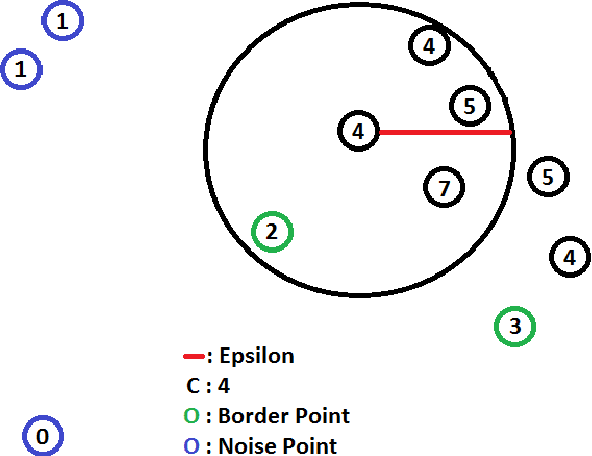

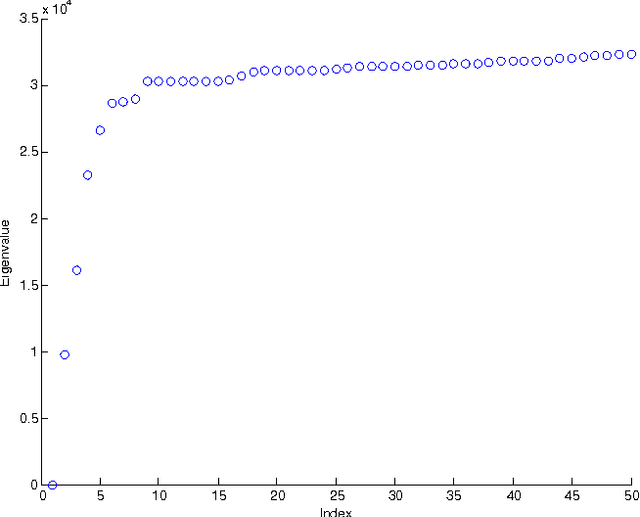
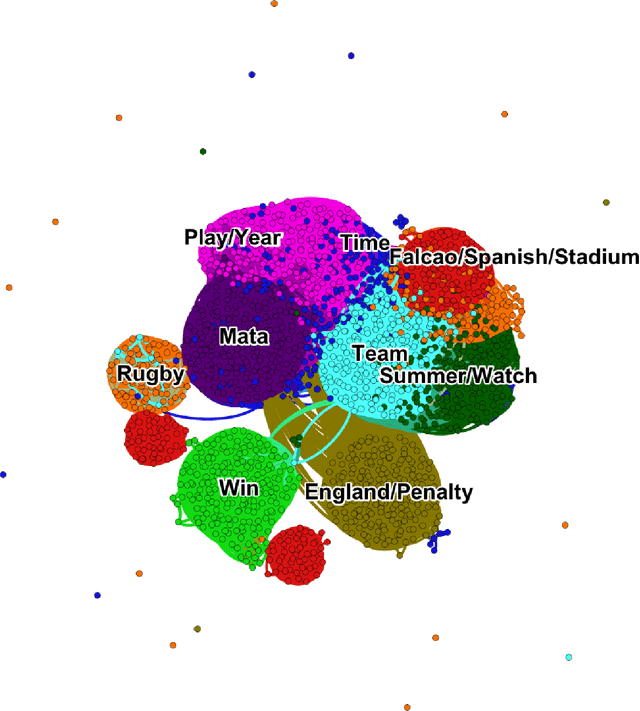
Abstract:Cluster analysis is a field of data analysis that extracts underlying patterns in data. One application of cluster analysis is in text-mining, the analysis of large collections of text to find similarities between documents. We used a collection of about 30,000 tweets extracted from Twitter just before the World Cup started. A common problem with real world text data is the presence of linguistic noise. In our case it would be extraneous tweets that are unrelated to dominant themes. To combat this problem, we created an algorithm that combined the DBSCAN algorithm and a consensus matrix. This way we are left with the tweets that are related to those dominant themes. We then used cluster analysis to find those topics that the tweets describe. We clustered the tweets using k-means, a commonly used clustering algorithm, and Non-Negative Matrix Factorization (NMF) and compared the results. The two algorithms gave similar results, but NMF proved to be faster and provided more easily interpreted results. We explored our results using two visualization tools, Gephi and Wordle.
A Flexible Iterative Framework for Consensus Clustering
Aug 05, 2014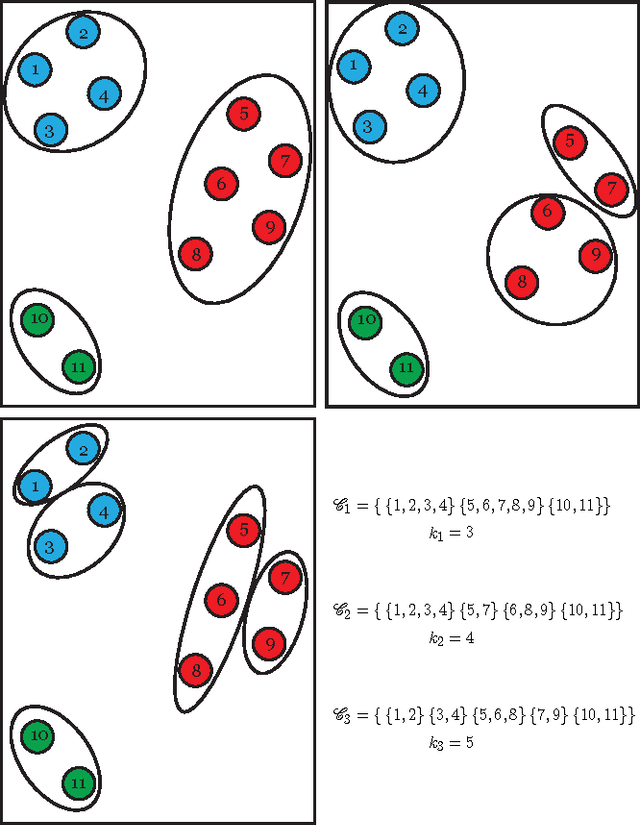
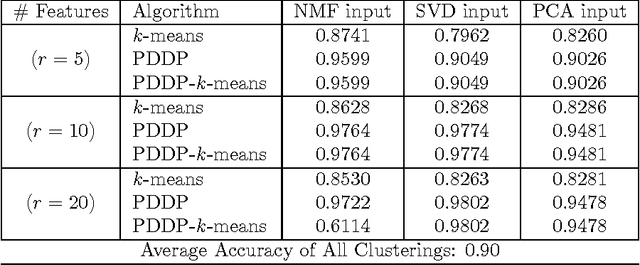
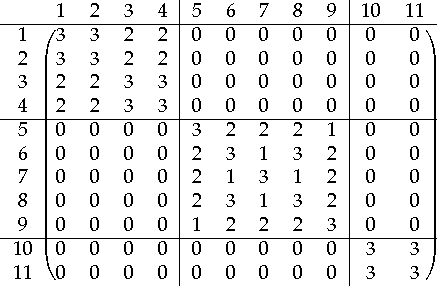

Abstract:A novel framework for consensus clustering is presented which has the ability to determine both the number of clusters and a final solution using multiple algorithms. A consensus similarity matrix is formed from an ensemble using multiple algorithms and several values for k. A variety of dimension reduction techniques and clustering algorithms are considered for analysis. For noisy or high-dimensional data, an iterative technique is presented to refine this consensus matrix in way that encourages algorithms to agree upon a common solution. We utilize the theory of nearly uncoupled Markov chains to determine the number, k , of clusters in a dataset by considering a random walk on the graph defined by the consensus matrix. The eigenvalues of the associated transition probability matrix are used to determine the number of clusters. This method succeeds at determining the number of clusters in many datasets where previous methods fail. On every considered dataset, our consensus method provides a final result with accuracy well above the average of the individual algorithms.
Determining the Number of Clusters via Iterative Consensus Clustering
Aug 05, 2014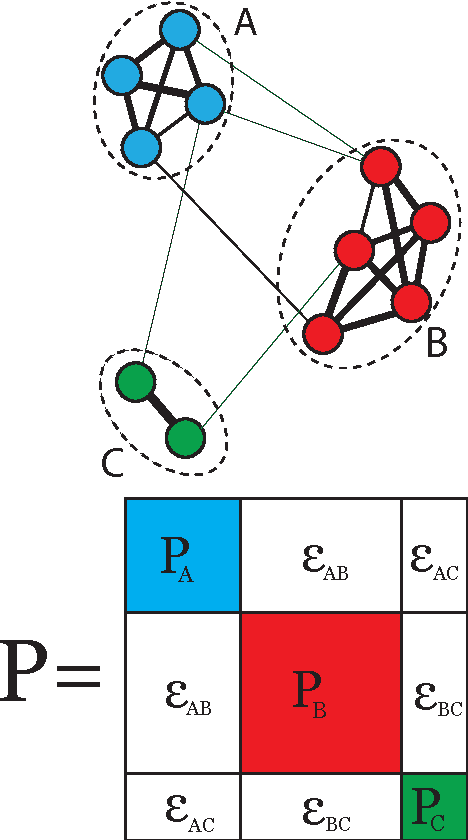
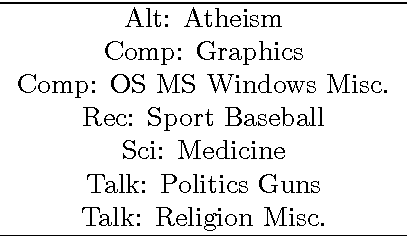
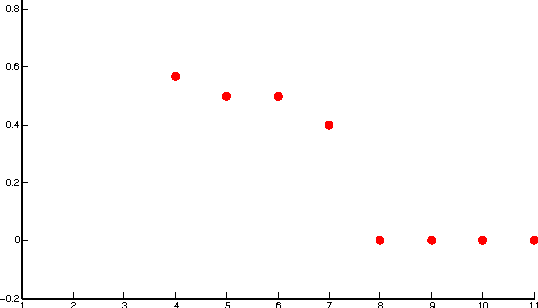

Abstract:We use a cluster ensemble to determine the number of clusters, k, in a group of data. A consensus similarity matrix is formed from the ensemble using multiple algorithms and several values for k. A random walk is induced on the graph defined by the consensus matrix and the eigenvalues of the associated transition probability matrix are used to determine the number of clusters. For noisy or high-dimensional data, an iterative technique is presented to refine this consensus matrix in way that encourages a block-diagonal form. It is shown that the resulting consensus matrix is generally superior to existing similarity matrices for this type of spectral analysis.
Data Clustering via Principal Direction Gap Partitioning
Nov 17, 2012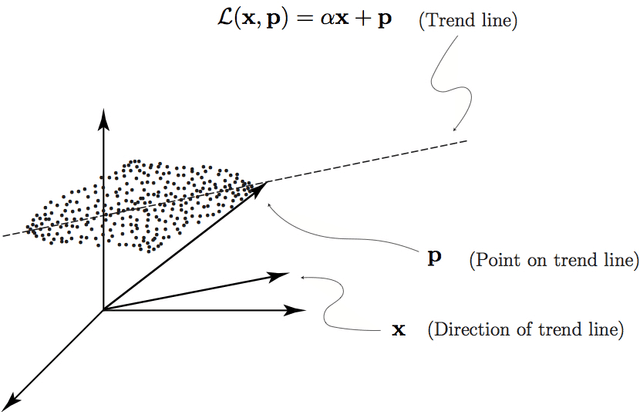
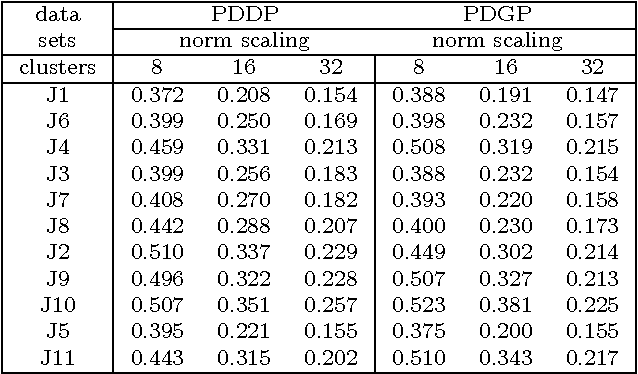
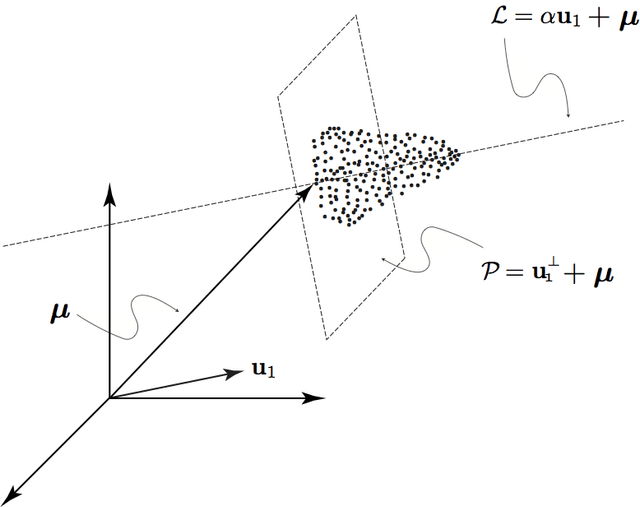
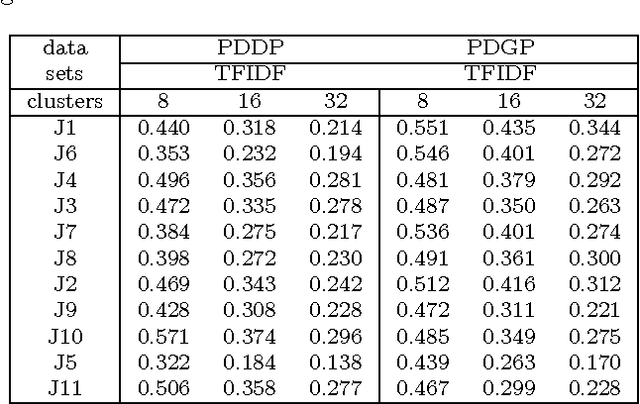
Abstract:We explore the geometrical interpretation of the PCA based clustering algorithm Principal Direction Divisive Partitioning (PDDP). We give several examples where this algorithm breaks down, and suggest a new method, gap partitioning, which takes into account natural gaps in the data between clusters. Geometric features of the PCA space are derived and illustrated and experimental results are given which show our method is comparable on the datasets used in the original paper on PDDP.
 Add to Chrome
Add to Chrome Add to Firefox
Add to Firefox Add to Edge
Add to Edge